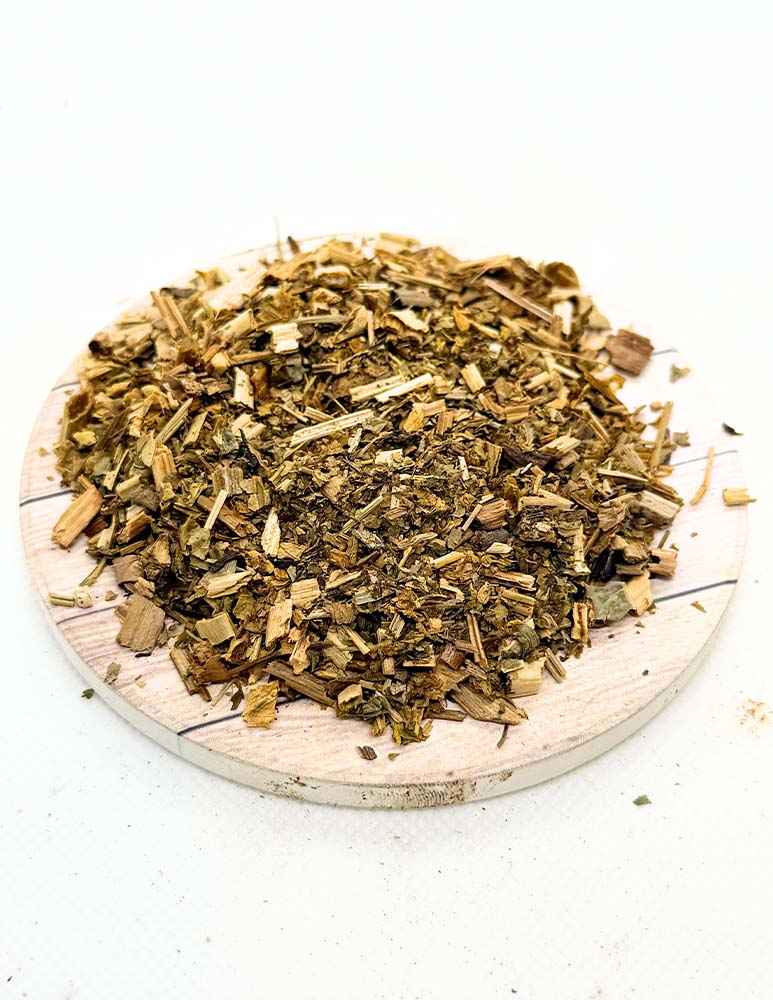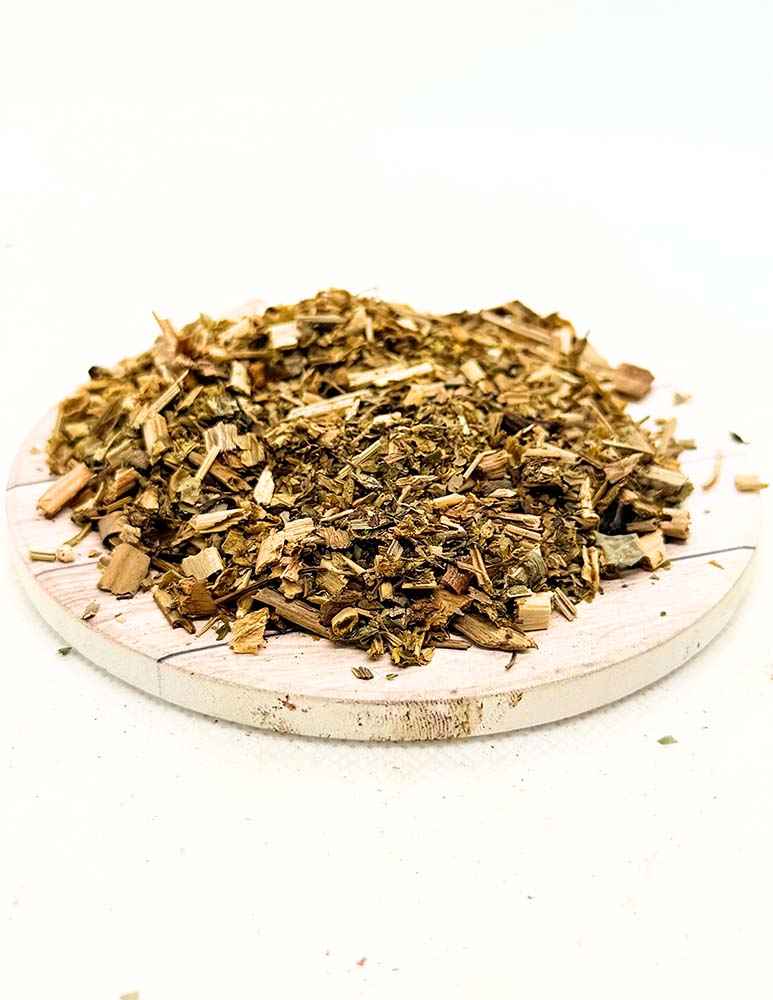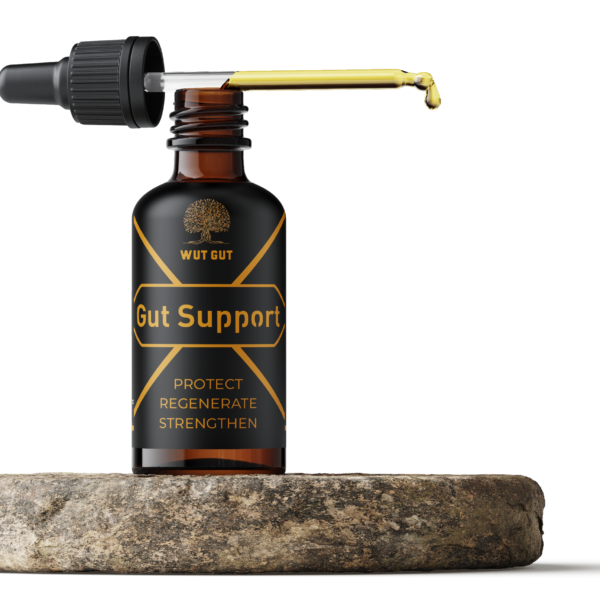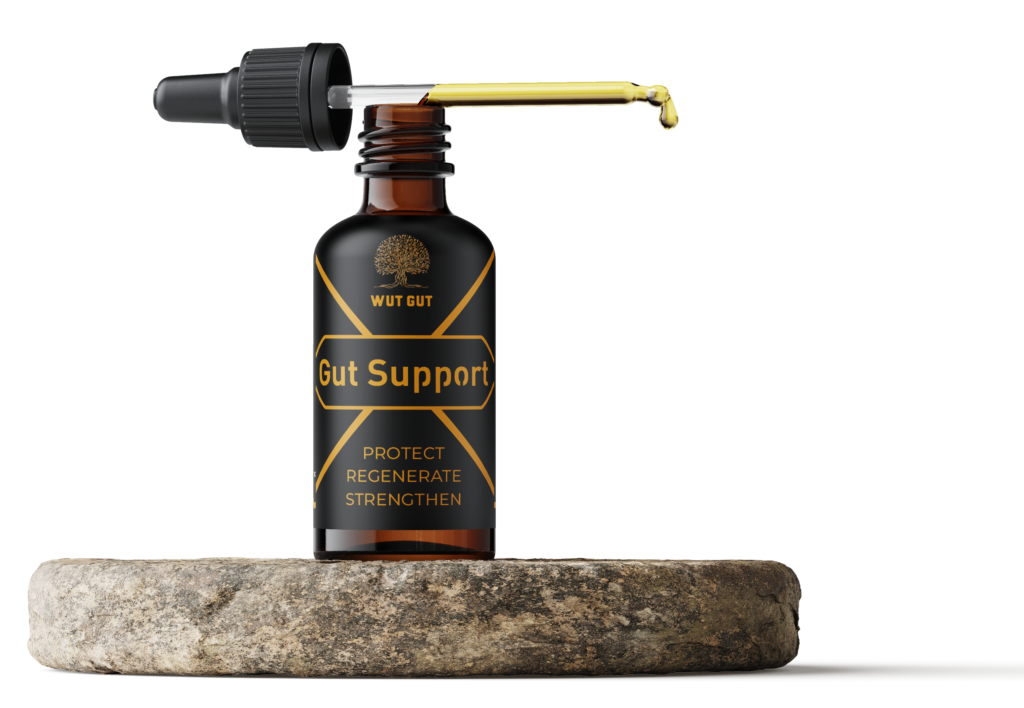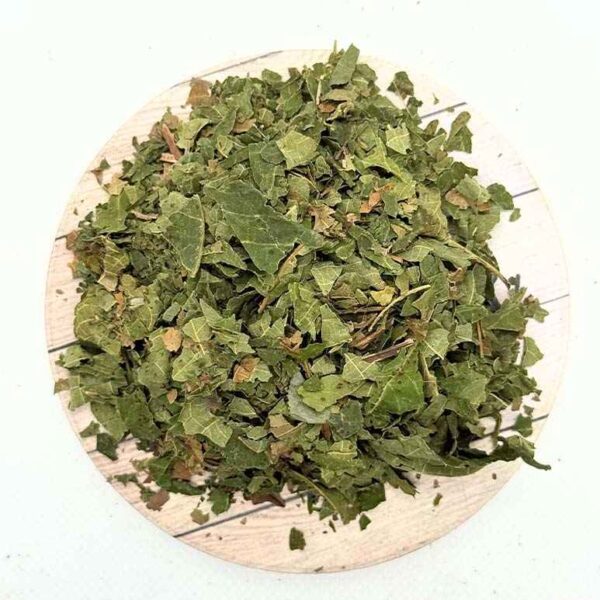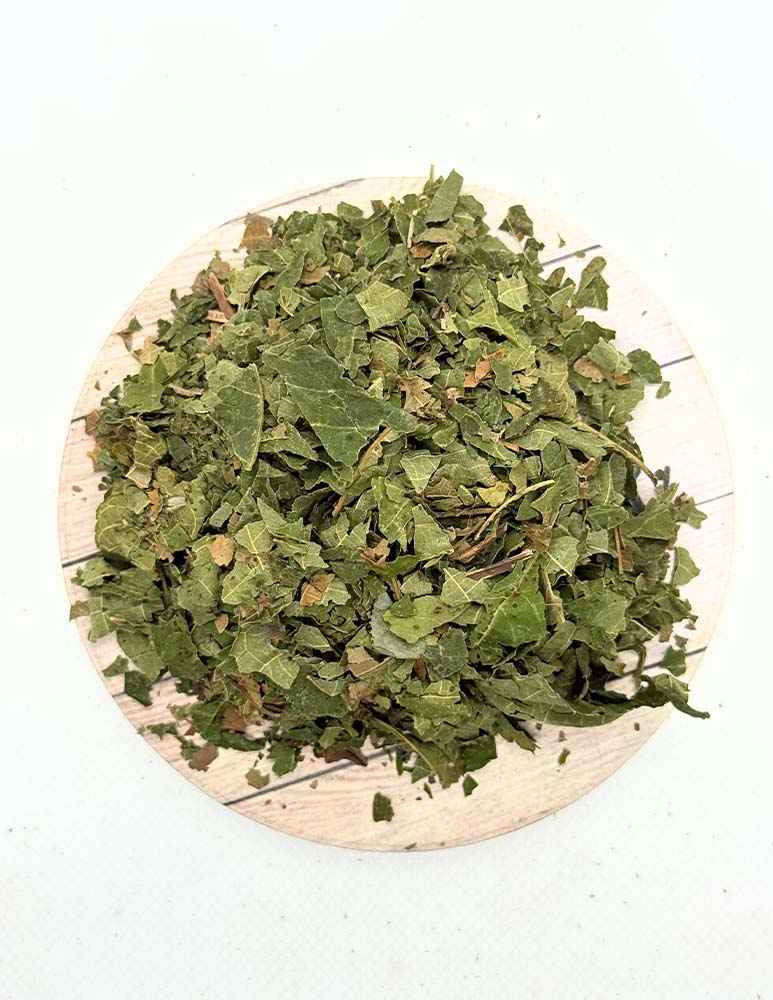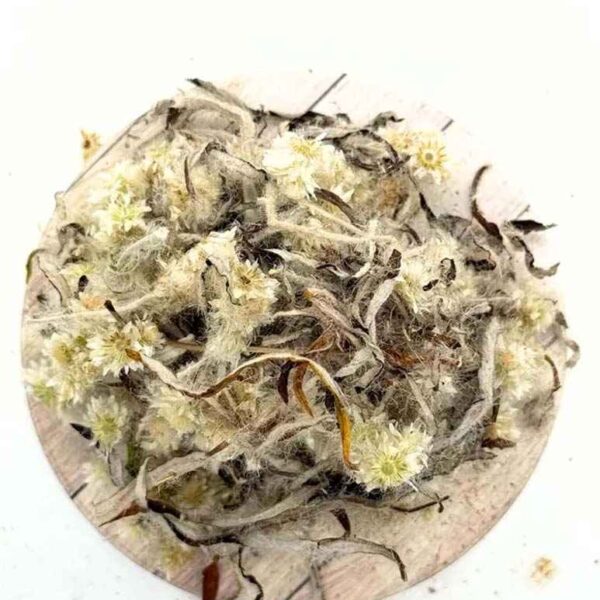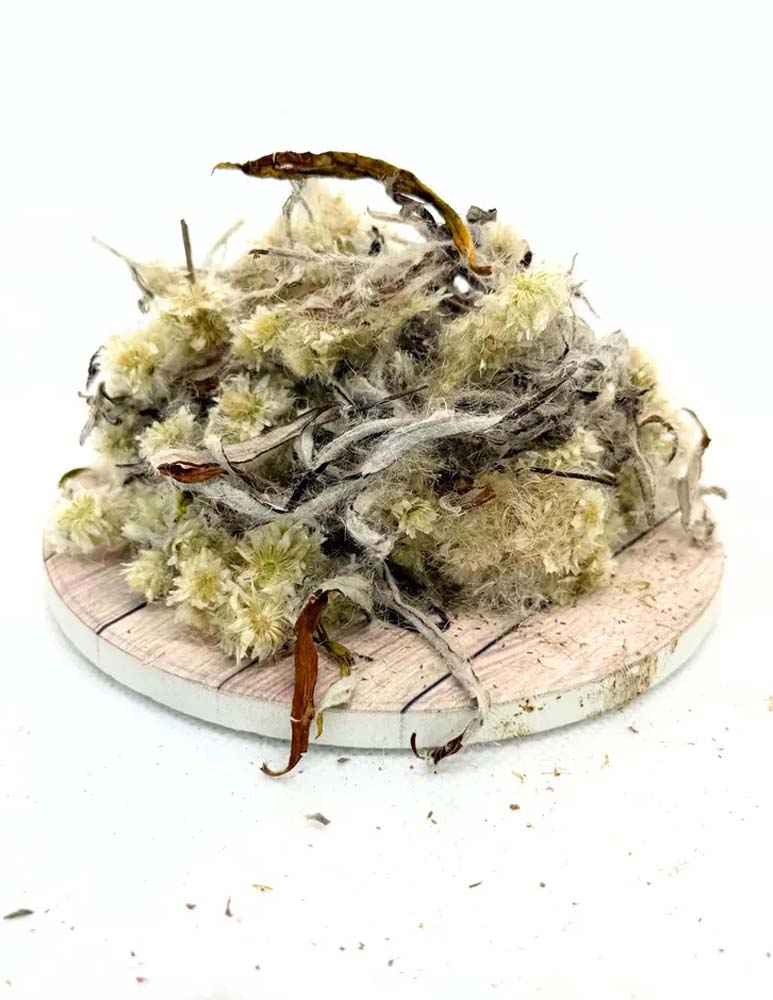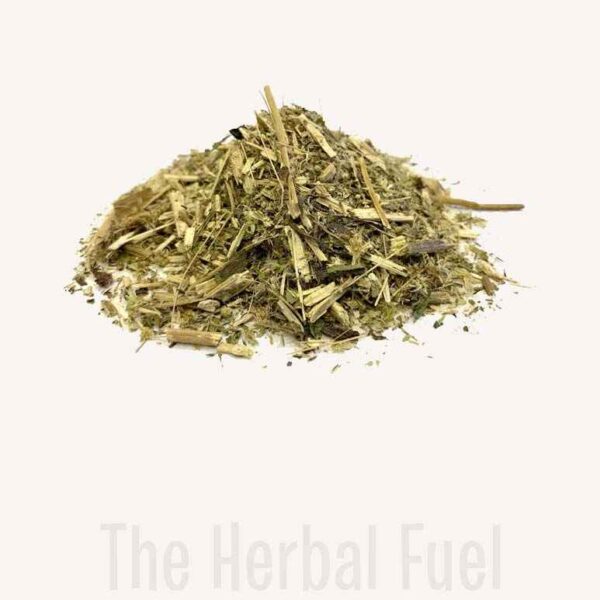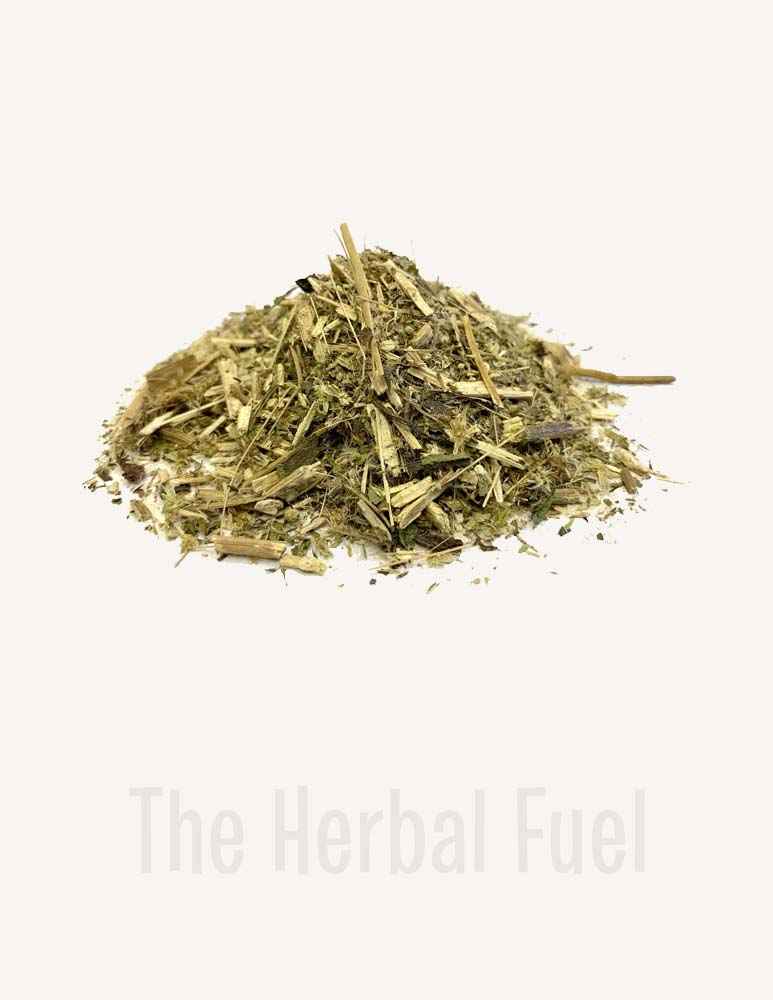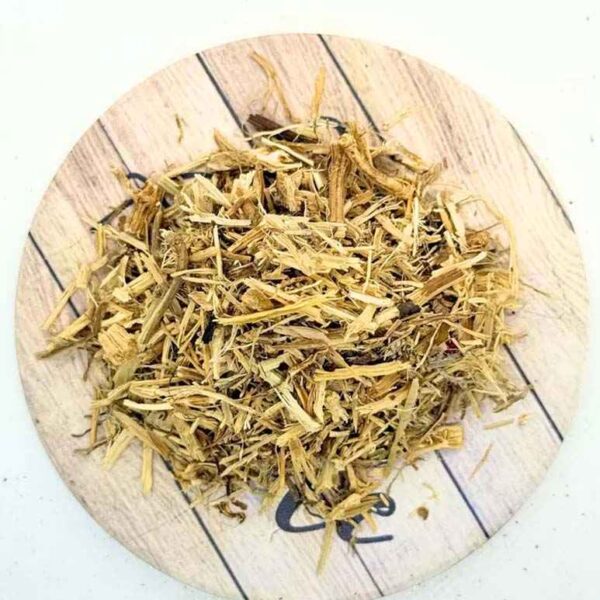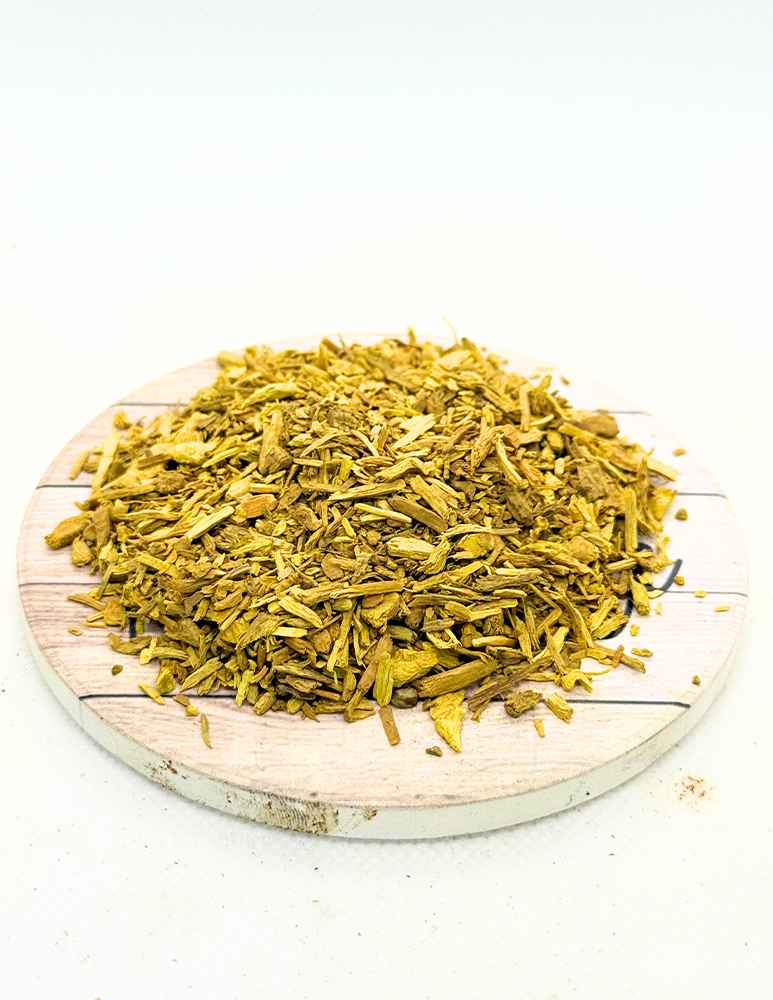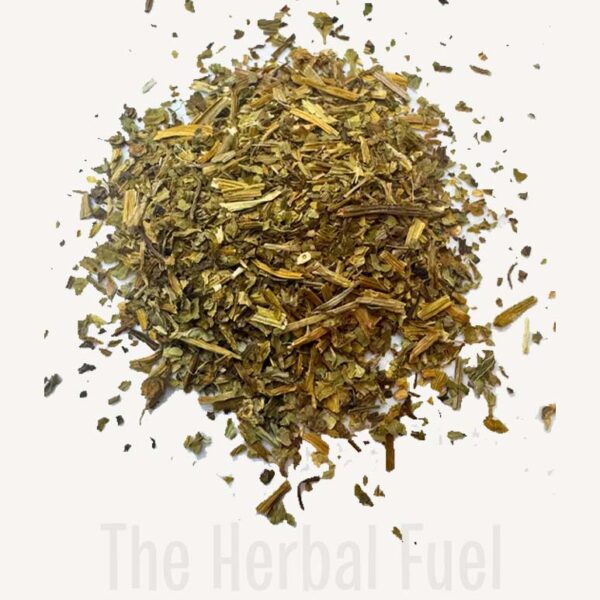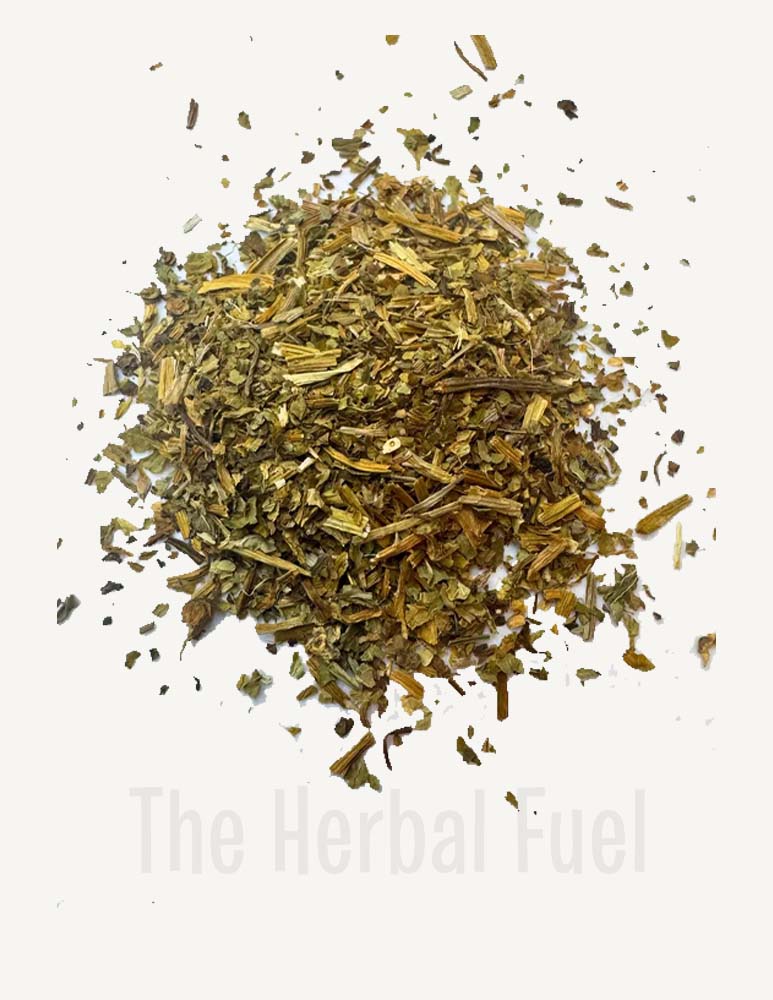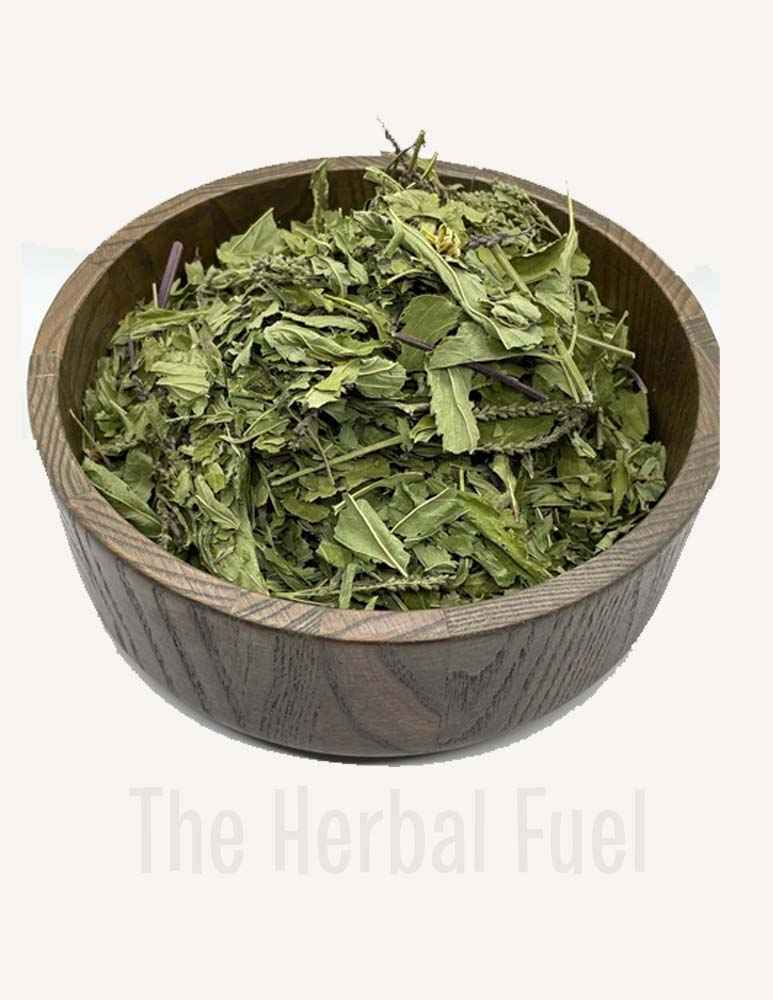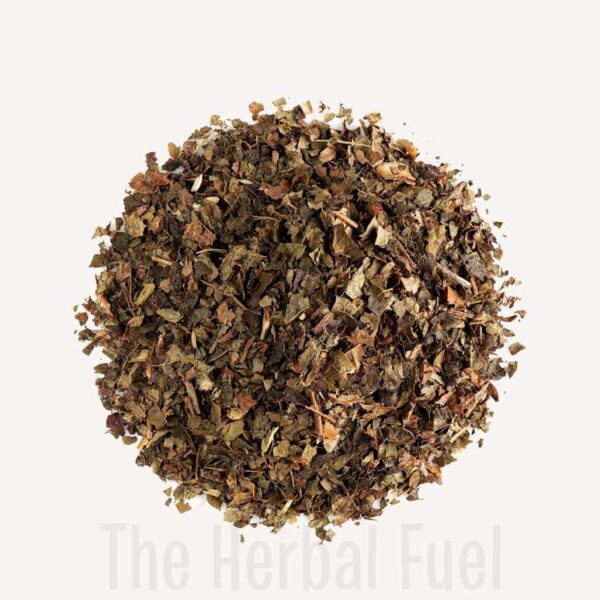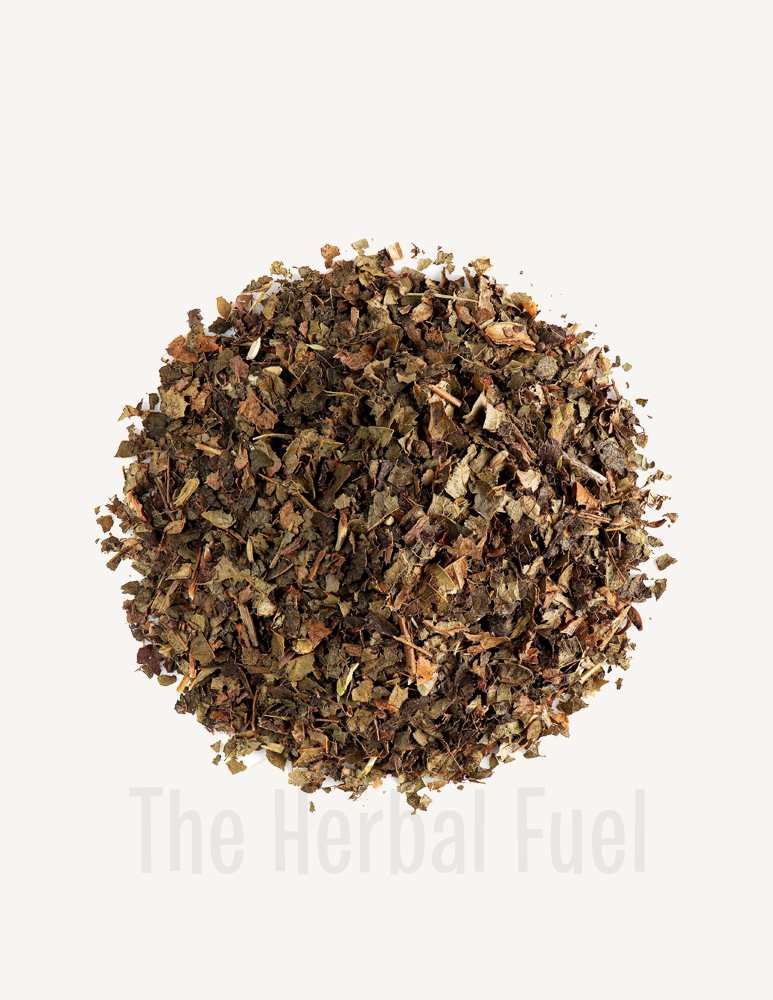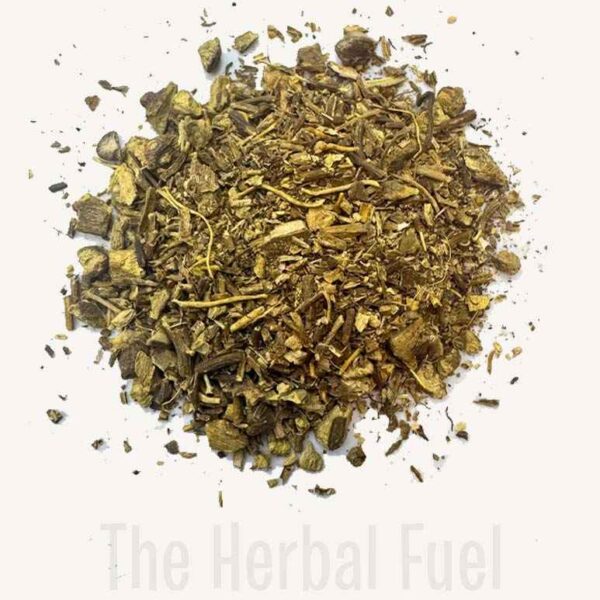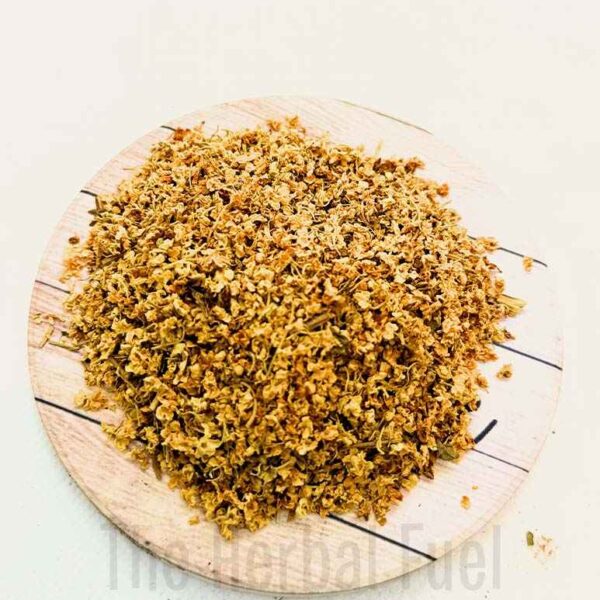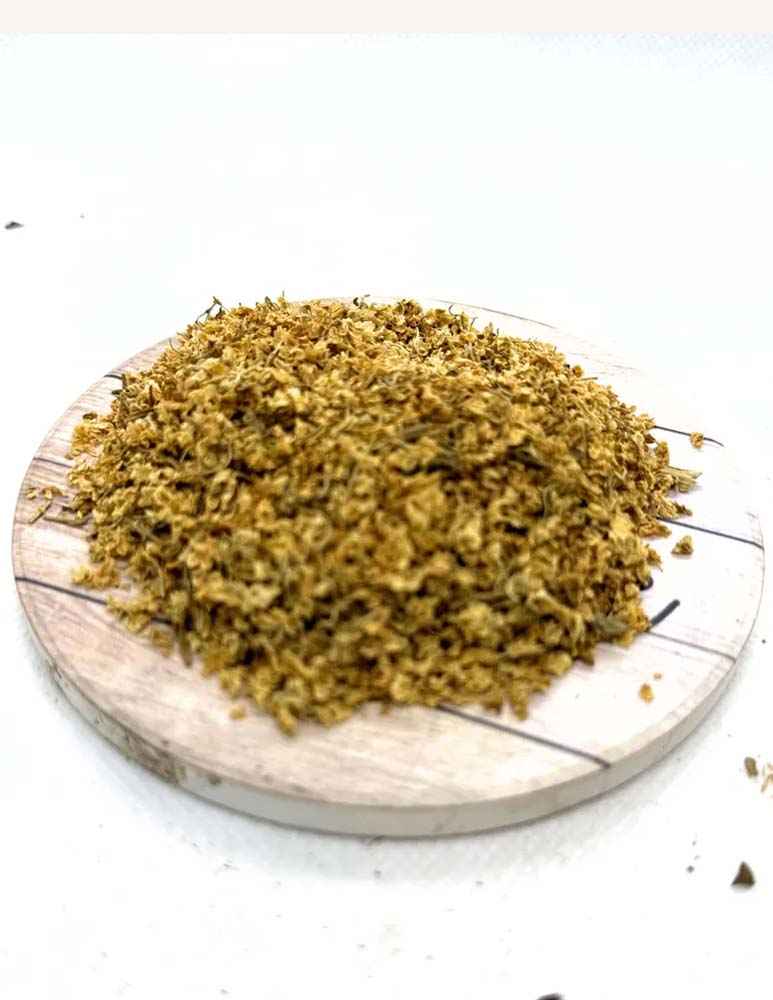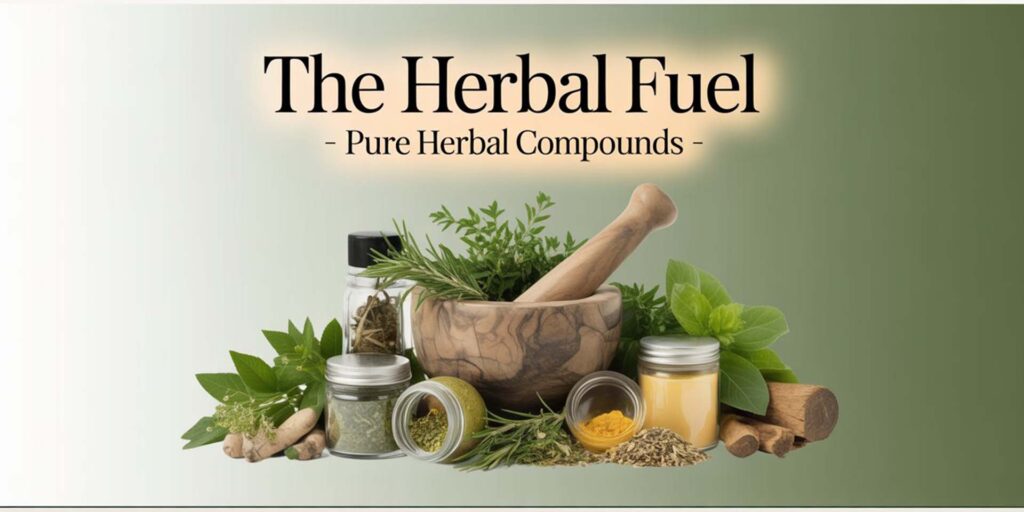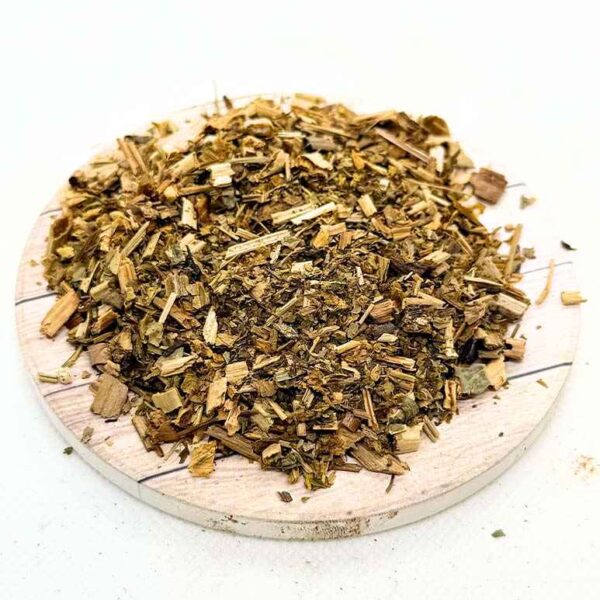Description
Name: Celandine
Botanical Name: Chelidonium majus
Common Names: Greater Celandine, Swallow-wort, Tetterwort, Devil’s Milk, Garden Celandine
Habitat:
Celandine is native to Europe and parts of Western Asia, and it has naturalized in North America, especially in the eastern United States. It typically grows in shaded, moist areas, including:
Wooded hillsides
Riverbanks
Roadsides
Garden edges
It thrives in disturbed soils, often appearing as a wild weed.
Brief History of the Herb:
Celandine has been used medicinally since ancient Greek and Roman times. The name Chelidonium comes from the Greek word chelidōn, meaning “swallow” (the bird), as it was believed the plant bloomed when swallows returned in spring.
In traditional European herbalism, celandine was used for liver and gallbladder disorders, skin conditions, and warts. It was considered a valuable plant in medieval apothecaries for “purifying the blood” and was widely used by Nicholas Culpeper and other Renaissance herbalists.
Its bright orange latex sap (exuded when the stem is broken) was historically applied directly to warts, moles, and skin growths.
Potential Health Benefits of Celandine (Leaf)
⚠️ Note: While Celandine has traditional medicinal uses, it contains isoquinoline alkaloids (like chelidonine, sanguinarine, and berberine), which can be toxic in large doses—especially to the liver. Always consult a trained herbalist or health professional before using internally.
🍃 1. Liver and Gallbladder Support
Traditionally used to stimulate bile production and support liver detoxification.
May help alleviate symptoms of gallstones, jaundice, and poor digestion.
💧 2. Digestive Aid
Acts as a mild bitter herb, which can stimulate appetite and bile flow.
Used for indigestion, gastric discomfort, and constipation.
🔬 3. Antiviral and Antibacterial Properties
Contains compounds that exhibit antimicrobial activity.
Has been studied for potential effects against herpes viruses, bacteria, and fungi.
🌿 4. Skin Issues and Growths (Topical Use)
The plant’s latex sap has long been applied to:
Warts
Corns
Ringworm
Eczema
Psoriasis
Acts as a caustic agent that may break down excess skin tissue, although caution is needed due to its potency.
🧠 5. Mild Nervine and Antispasmodic
Traditionally used in small amounts to relieve nervous tension, restlessness, and muscle spasms.
May act on smooth muscle, helping with conditions like spastic coughs, intestinal cramps, and asthma (folk use only; evidence limited).
⚠️ Cautions & Toxicity
Hepatotoxicity (liver damage) has been reported with long-term or high-dose internal use.
Not recommended during pregnancy, breastfeeding, or in people with liver disease.
Topical application should be limited and cautious—do not use on broken skin or sensitive areas.
Use should be under professional supervision if taken internally.
✅ Summary:
Celandine (Chelidonium majus) is a potent medicinal herb with a long history of use for liver health, digestive function, and topical wart treatment. However, its toxic alkaloid content means it must be used with care, preferably in small doses and under guidance. Its effectiveness as a detoxifying bitter and caustic wart remover is notable—but its potential for liver toxicity makes self-medication risky.
⚠️ Disclaimer: This product is a natural herbal supplement and is not intended to diagnose, treat, cure, or prevent any disease. Information provided is for educational purposes only and has not been evaluated by the Food & Drug Administration (FDA). Please consult your physician or qualified healthcare provider before using any herbal product, especially if you are pregnant, nursing, taking medications, or have a medical condition.

